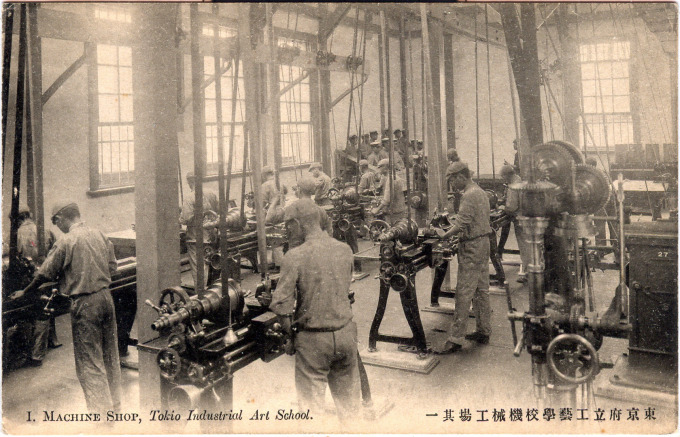“In 1876 the Meiji government, continuing its policy of encouragement of Western-style art, opened the Industrial Art School (Kobu Bijutsu Gakko) and invited several Italian artists to provide training in painting, sculpture, and general methods of art. The most important of these was Antonio Fontanesi who, during his stay of approximately two years in Japan, made a profound impression on the students he taught, several of whom became outstanding Western-style painters in later years.
“So popular was Fontanesi that when he left for home in 1878, at least partly owing to a difference of opinion with his employers in the Japanese government (but ‘officially’ because of illness), a number of students withdrew from the school and founded a society for the furtherance of Western art, thereby inaugurating the first independent art movement of the modern era in Japan.”
– Japanese Culture, by H. Paul Varley, 2000
“The acceptance of teachers in art from Italy alone was based on the unofficial government policy of accepting military advice from France, industrial advice from Great Britain, agricultural advice from the United States, and legal and medical advice from Germany.
“… Antonio Fontanesi introduced the techniques of charcoal, crayon and oil paints to his Japanese students, who included Asai Chū (noted for his pioneering work in developing the yōga [Western-style] art movement), Yamamoto Hosui, and a woman, Irina Yamashita, the first Japanese Greek Orthodox icon painter.”
– Wikipedia



Pingback: DOC • It’s time for design to think less and feel more
Pingback: It’s time for design to suppose much less and really feel extra – Dynamic Wave Studio